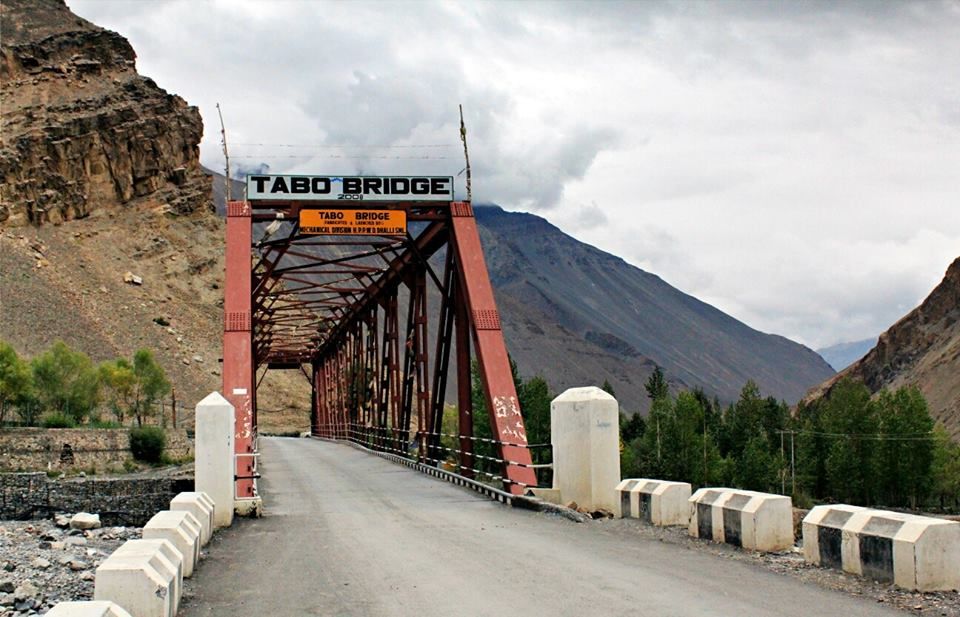
If it was not for the engineers of the modern era, the distant land of Spiti would have remained isolated from the rest of the world. It used to take long, neverending walks from Spiti to the mainland of Indian cities when the roads hadn’t reached there. While travelling this gorgeous wonderland, you cannot help yourself at this brilliant engineering marvel.
The roads extended and HRTC increased its limitations. These small, rickety buses now travelling inside Spiti, helping locals and visitors reach any distance from a point to another in a matter a of a few hours. Every village of Spiti is unique and beautiful. Among the many settlements, the most mesmerizing one is Tabo village.
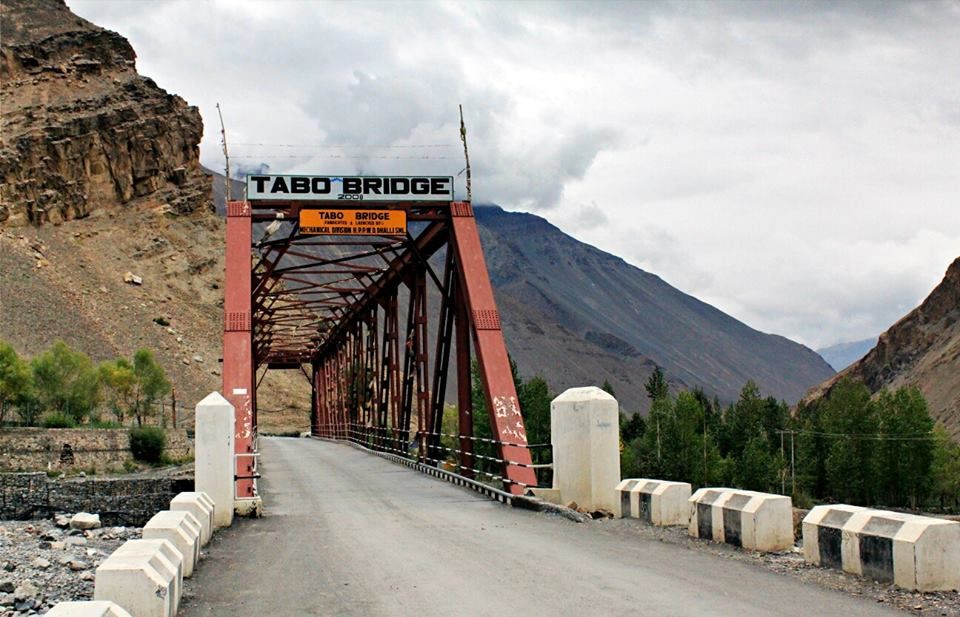
Located at a height of 3050 metres, Tabo is on a lower altitude than rest of the Spiti. The history of this village goes back to the year 996 AD. Populated by a very small number of people, Tabo is home to the Buddhist Monks who still meditate in the caves present here.
Now that development has reached Tabo village, the visitors find it easy to reach here, spend a day and see the monasteries and lakes surrounding this area. But Tabo has always been more than that. Newly opened cafes and restaurants offering authentic Chinese food is not how you explore Tabo. The village’s prime attraction is the Gompa which has been here since the 10th century. The nearby helipad is a nice place for some photo ops.
Tabo is filled with natural rock cut caves. The hidden secret has been around for a long time, and even when the original cave dwellers moved out, these settlements are still used by the most hardcore of travellers who make the natural rocks their bed and arrange for firewoods to spend the cold nights.
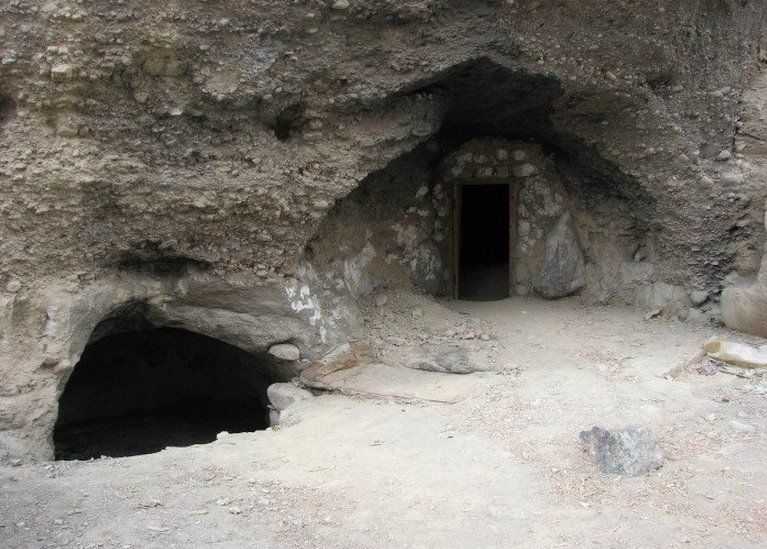
One needs to be careful while dwelling in these caves. They are not like the exploratory caves of Meghalaya or even Indonesia. Some are still used by the monks as a place of prayer while many others have been locked using doors. The locked caves are owned by the children and grandchildren of the cave dwellers who now impose their ownership.
Chos-Khor Gompa the Oldest Living Monastery
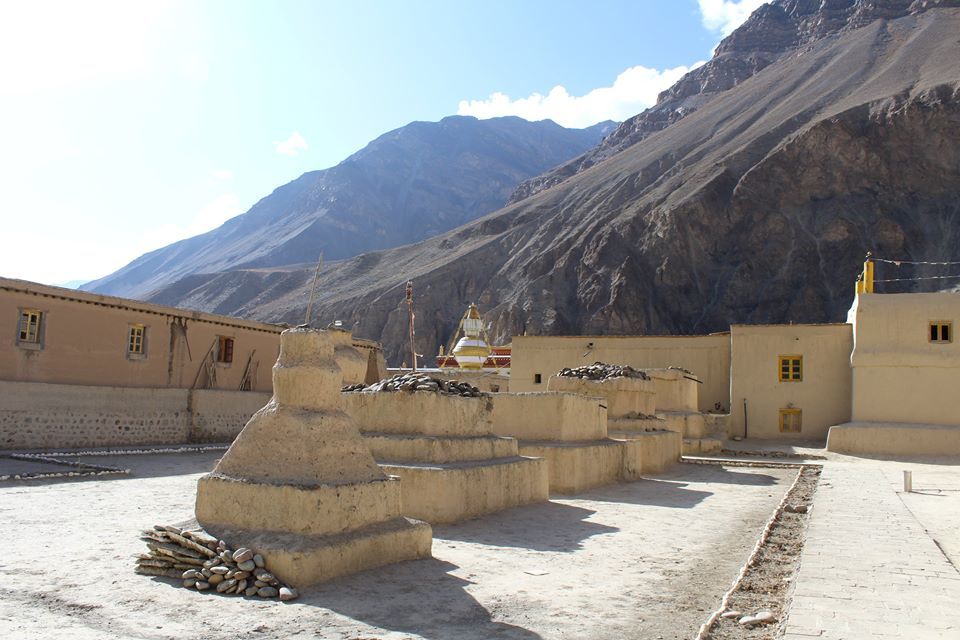
Tabo Monastery is known as Ajanta of the Himalayas. Both Ajanta and Tabo Monastery are famous for depicting Buddhist faiths in forms of rock cut carvings and paitings. Tabo Monastery is can be explored by contacting the Lamas who’ll take you on a walk around the complex telling you about the complex history of this place. A part of the monastery has been renovated but it is very much evident through the artwork.
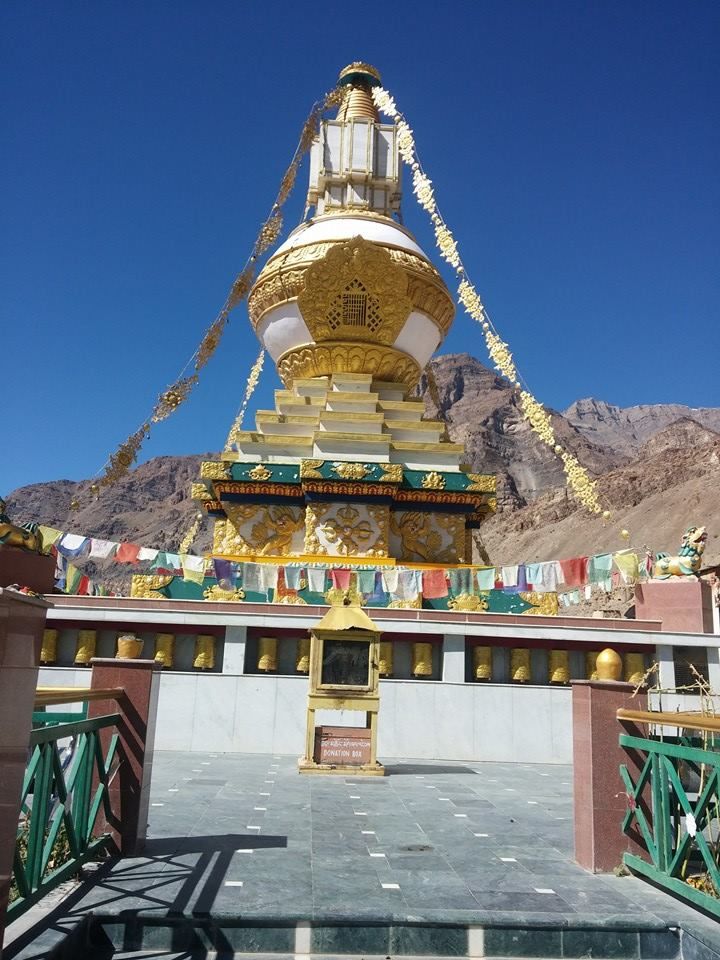
The Gompa has 9 temples inside the complex. ASI visits here regularly for restoration projects happening here.
Paintings at Tabo
Paintings in Tabo are like Ajanta. These paintings are facing a major hazard because of weather changes and water seepage. A major restoration project by ASI is looking after the safekeeping of these paintings. These paintings depict stories of Buddha and tales from the Jataka. The art goes all the way upto the ceilings, which has geometric designs. One can determine the date and year of painting from the inscriptions on the paintings.
State of the caves in Tabo
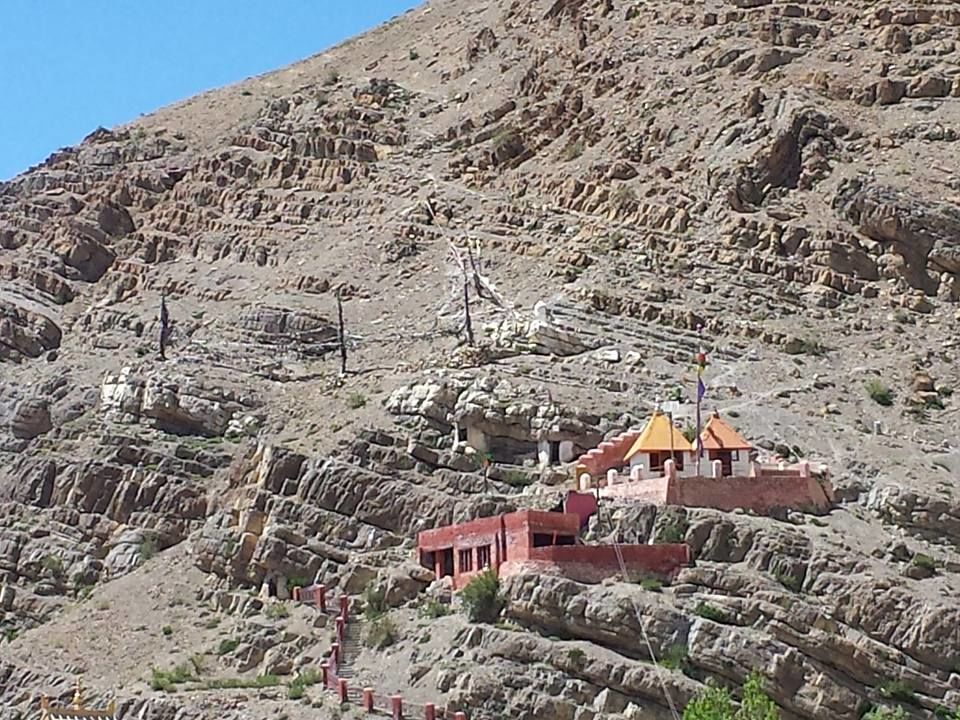
Many of the caves in Tabo are still being used by the travellers but it requires a lot of resourcefulness. The caves are crumbling under the sands of time and many have vanished from the hills. Accessing these caves is tough but one can still find a few smaller caves on the base of the hills.
From a glimpse it is evident that the caves used to be a great place of dwelling in the past. Many caves are double storied and others look like they were excavated.
Rock carvings at Tabo
To access the rock carvings in Tabo village, one needs to do a lot ot trekking. It is impossible to find these carvings without help of a guide. Some of the carved rocks can be seen in a government facility near the local school. The old paintings of animals and animal huntings are most common designs among these carvings.
How to reach Tabo
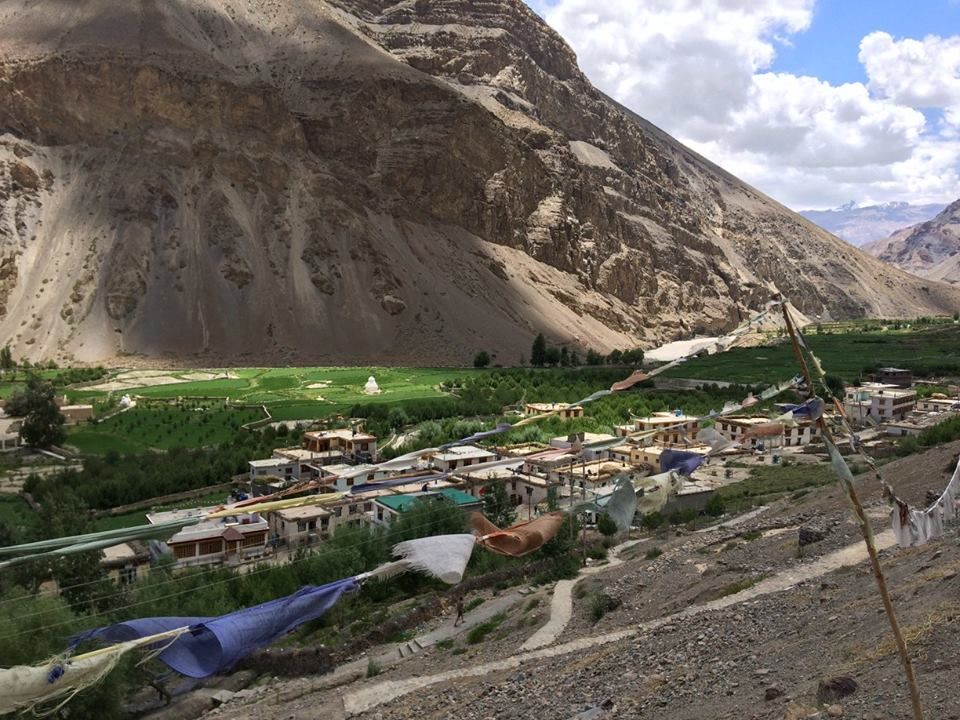
The only way to reach Tabo is by road. If you are lucky or resourceful enough to hitchhike on a government helicopter then you can cut down the time and amount of fun on the way. From Chandigarh, you can travel to Shimla or Manali, which is a way better option. The road from Manali to Kaza is maintained by BRO and is in a great condition. From Kaza you can find a morning bus to Tabo or hire a personal ride to reach your destination.
Stay Options
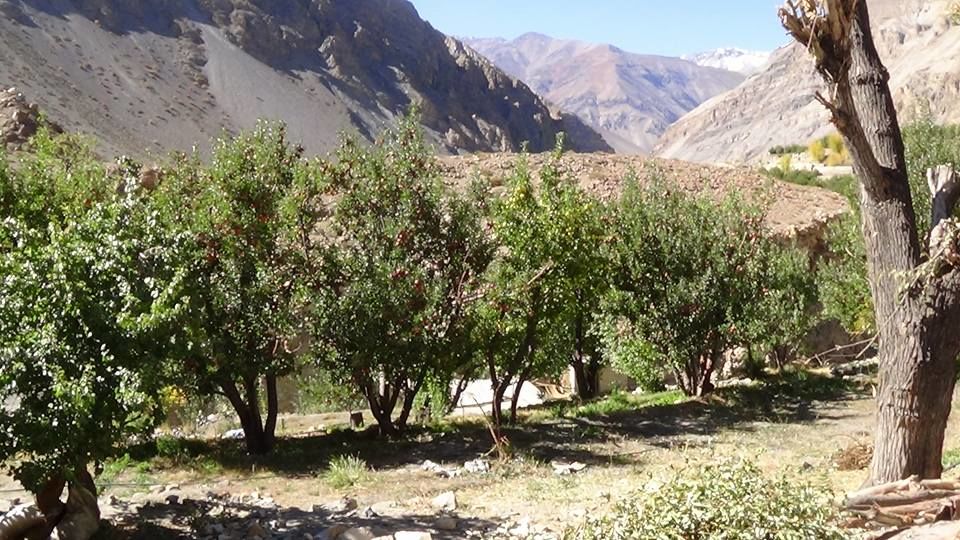
Tabo has several homestays varying between INR 200 to INR 500 per night. There may be costlier ones too but the amenities are almost the same. You can also stay in government guest houses if a room is vacant or go to Monastery for a basic stay.

